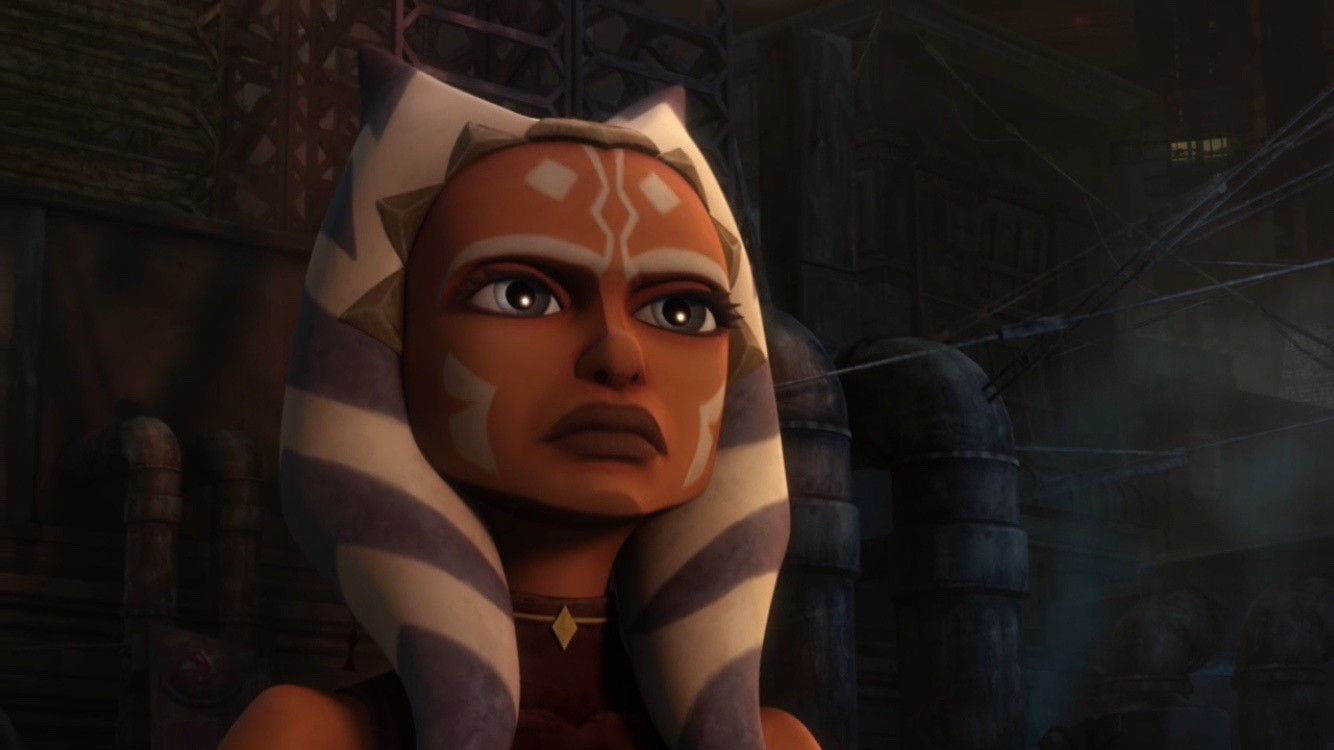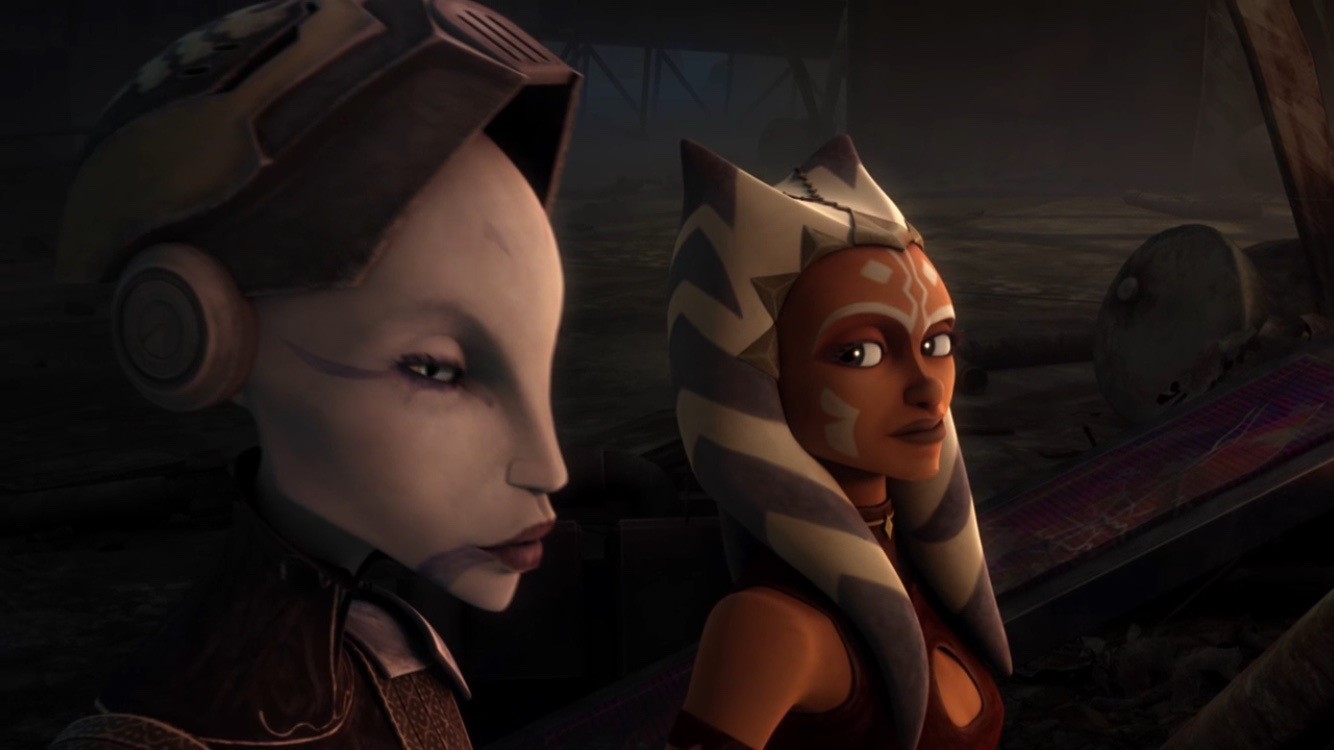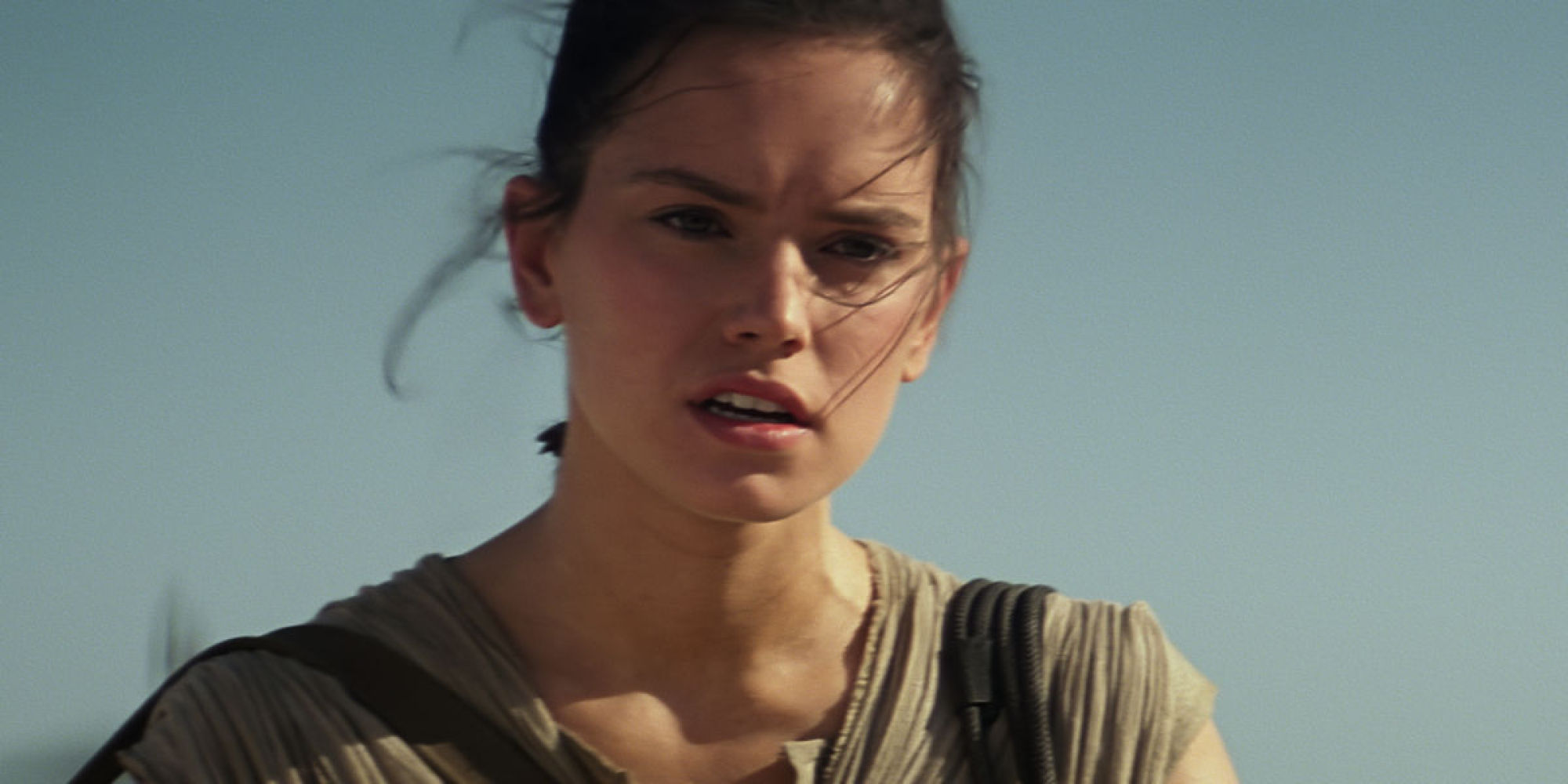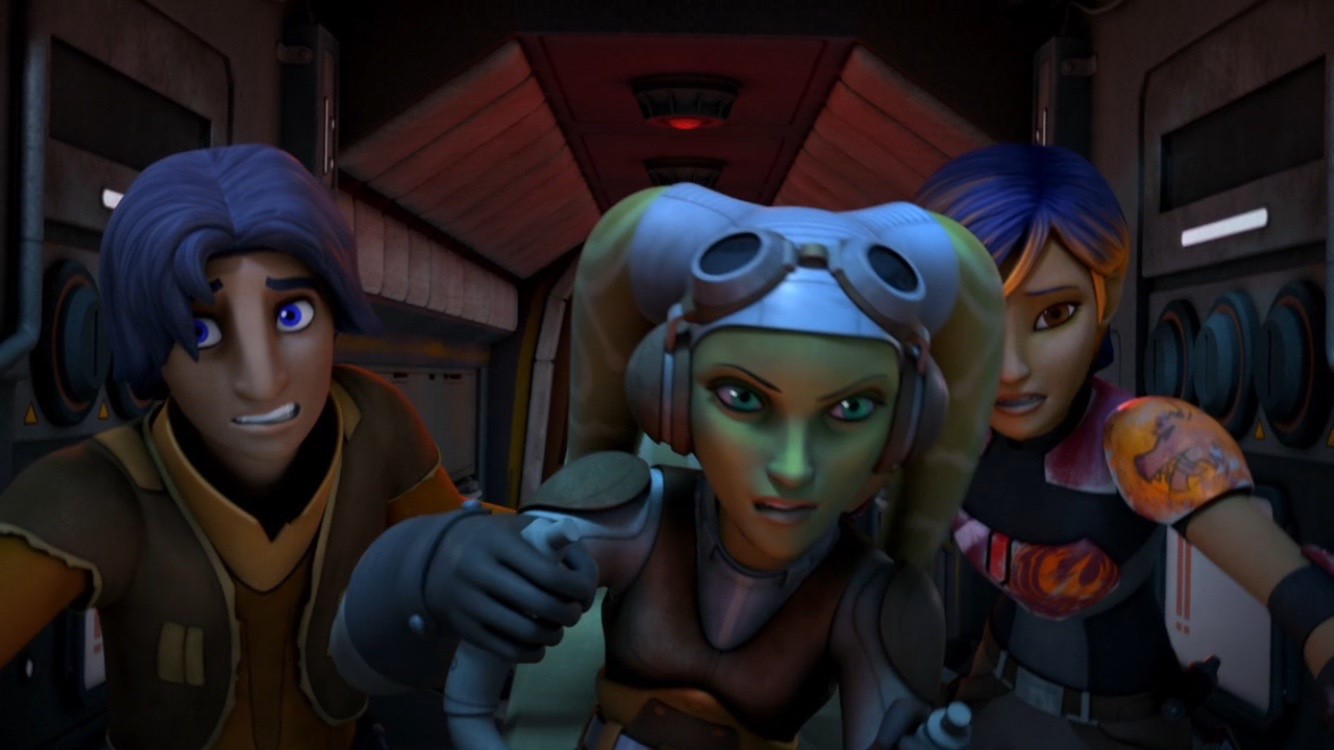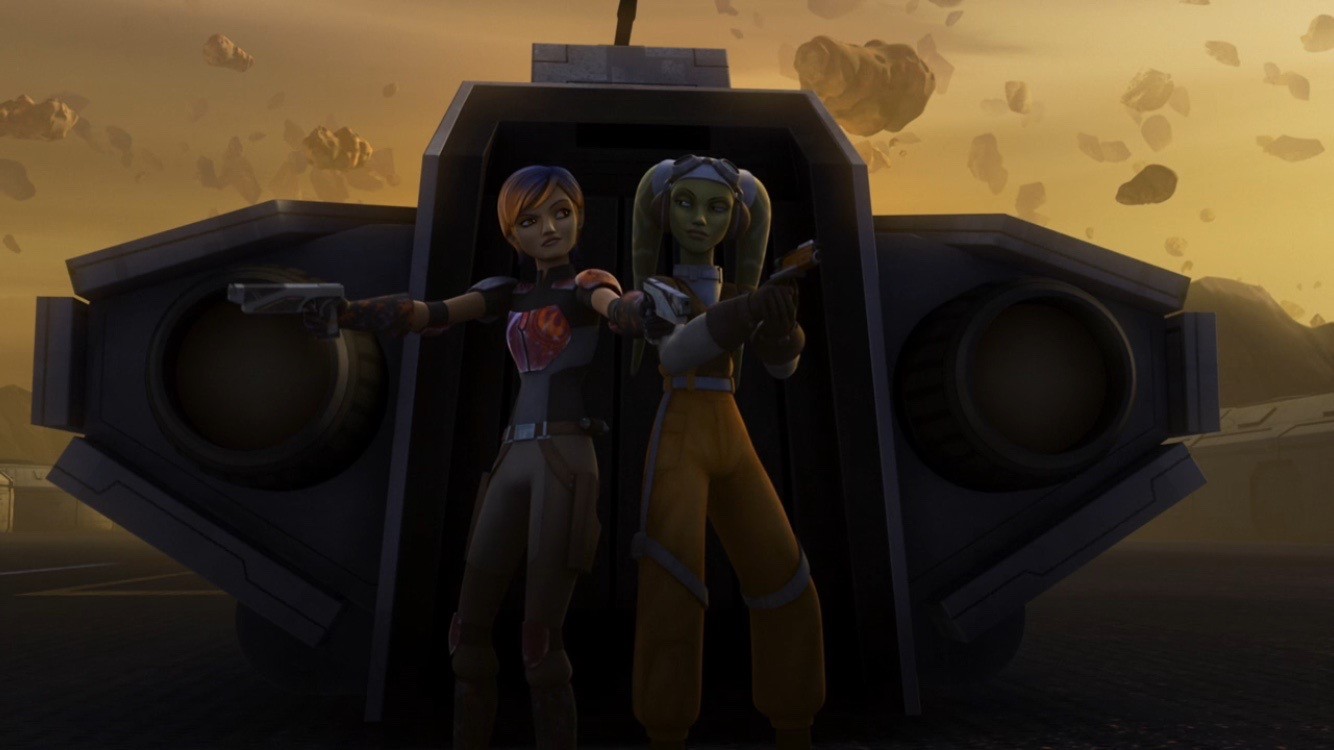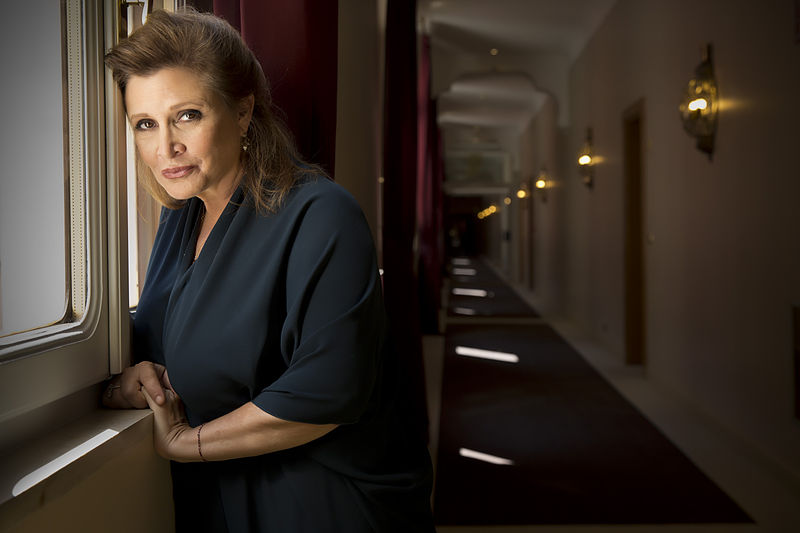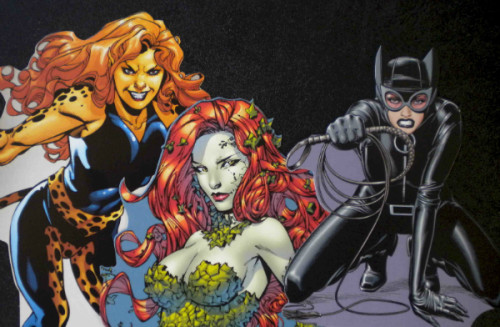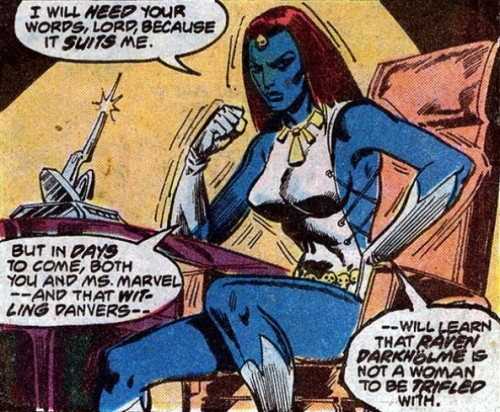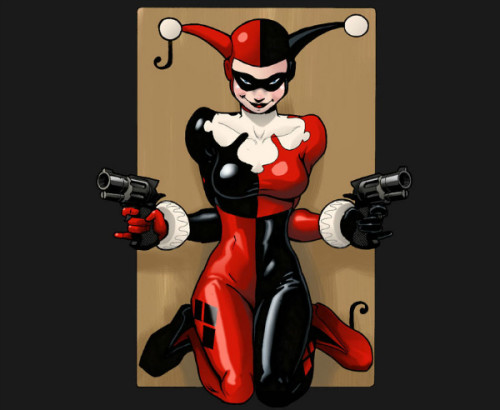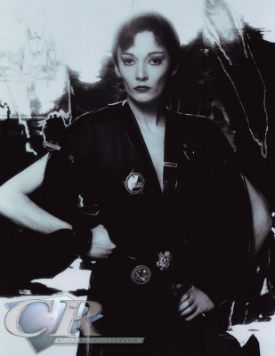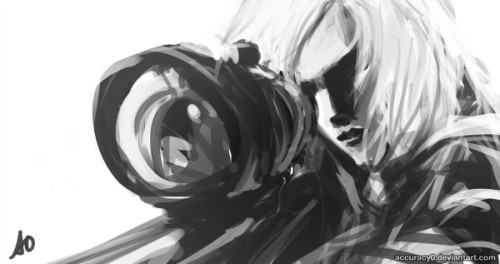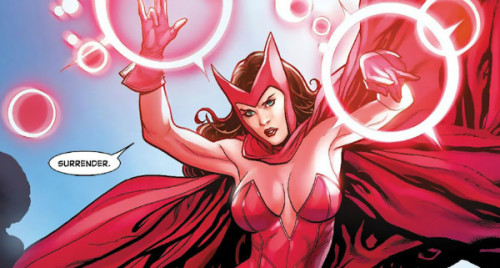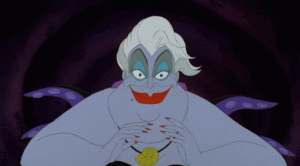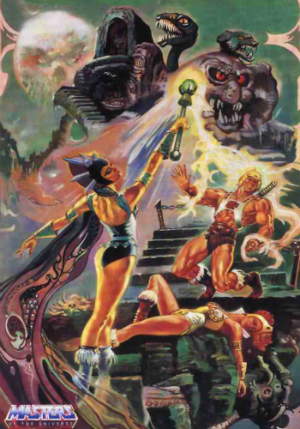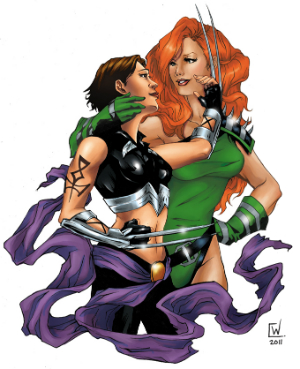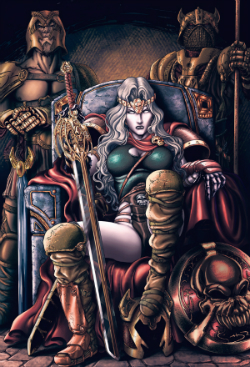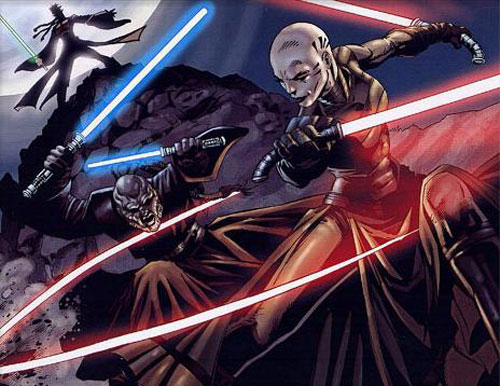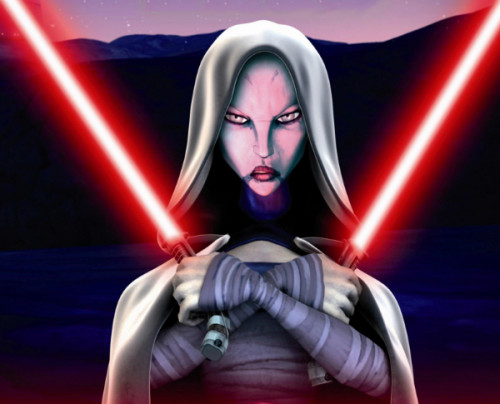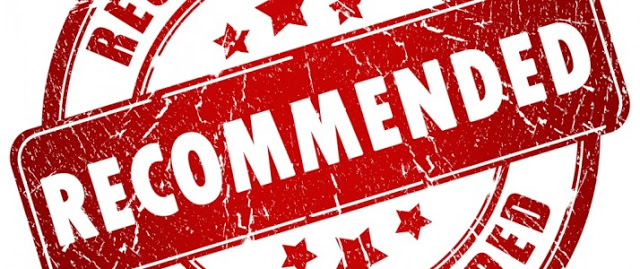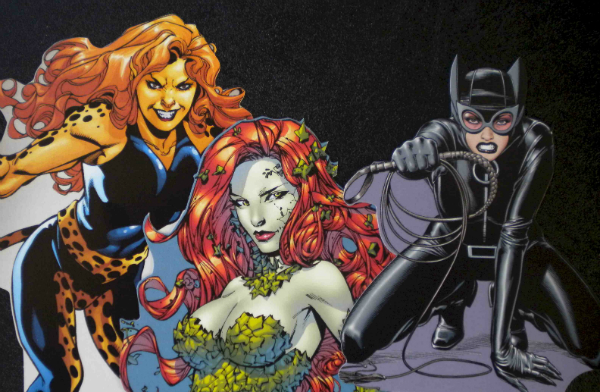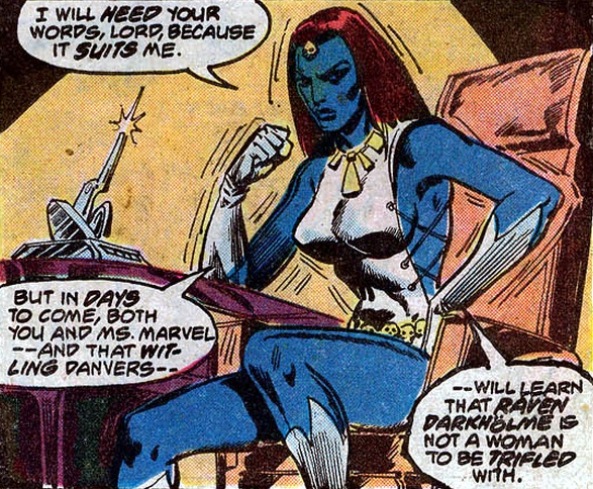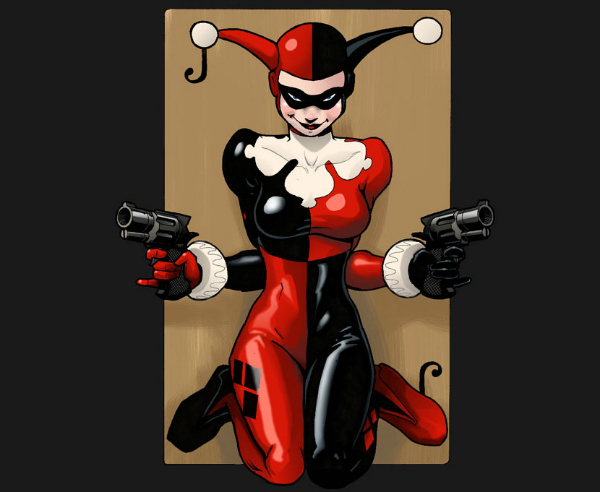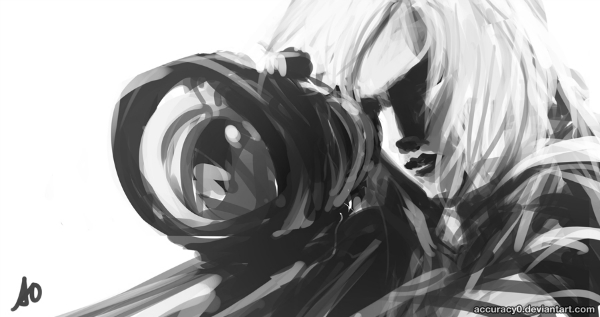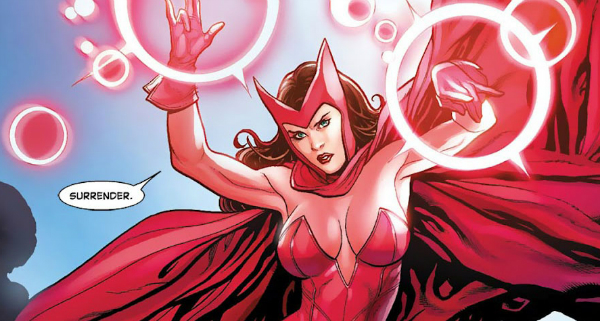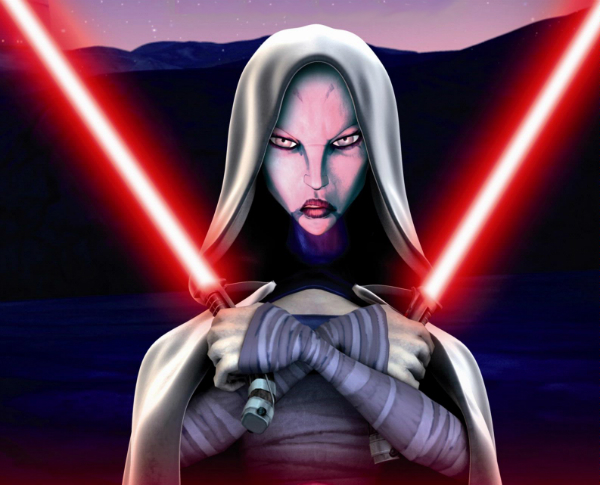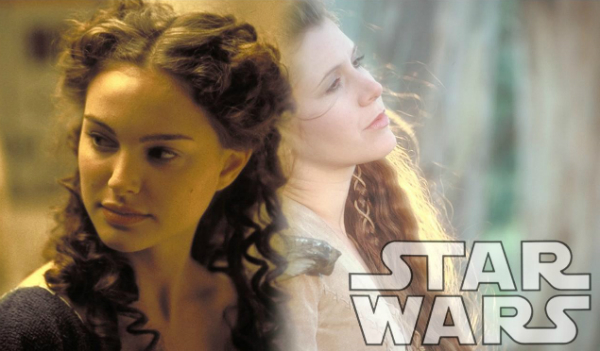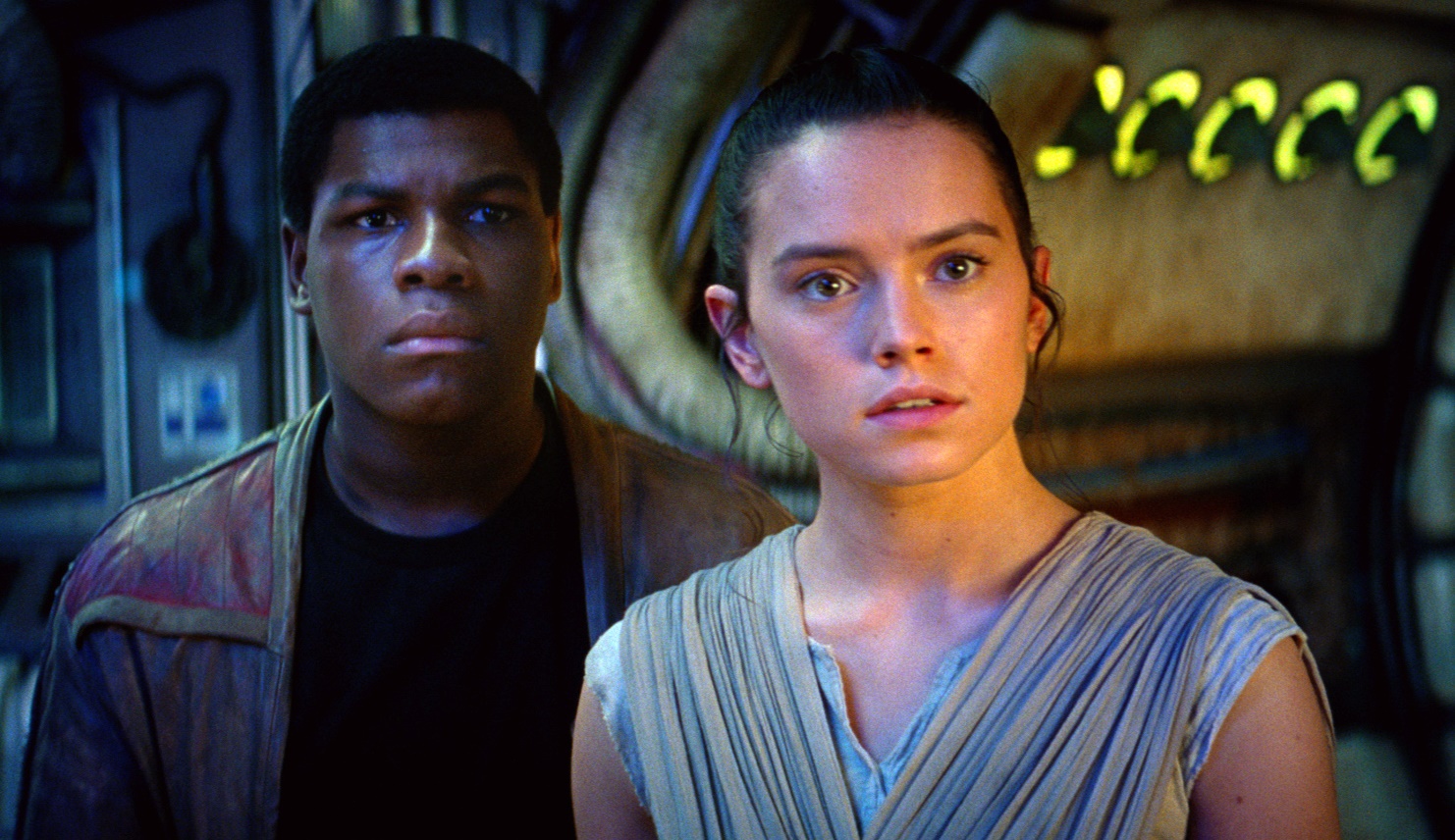
This guest post by Sophie Hall appears as part of our theme week on Interracial Relationships.
It’s been over a month since Star Wars: The Force Awakens was released. Nonetheless, it’s still being discussed as if people just got out of its opening midnight screening, high on sleep depravity and Red Bull. The most popular topics seem to be that Han Solo scene, Rey’s parentage, Kylo Ren’s tantrums, etc. However, one of the topics that I feel hasn’t received the acknowledgment, let alone coverage, that it deserves, is Finn and Rey, the film’s two young leads, as a romantic couple. Sure, the pair have received attention (and controversy) over their race and gender. But them as a couple? Not so much. And I feel that’s a shame as for me, they’re a major step forward for portrayals of interracial couples in mainstream cinema.
Not only is it great to have two franchises dominate the box office featuring prominent interracial relationships in the same year (the other being Fast and Furious 7), but The Force Awakens also delivers on another level. Whenever children are treated to a trip to the cinema, they are almost always fed the same message from the big screen — that the most important love exists between two straight white people. More often than not, those on-screen romantic relationships are unhealthy or downright toxic. Finn and Rey aren’t part of the typical ‘Blockbuster Couples Club’, where the man is a lovable misogynist and the woman is a sexualized ‘badass’ who still needs saving. Not only does The Force Awakens show children that relationships can actually exist outside of two white people, but more importantly, it demonstrates that they can have emotionally healthy ones too.
Let’s start by analyzing one of the most refreshing aspects of this burgeoning relationship: Finn’s treatment of Rey. Soon after they first meet, Finn grabs Rey’s hand to escape an oncoming group of Stormtroopers. However, Finn’s intention isn’t asserting his masculinity as expected. He knows that Rey can handle herself, as he already witnessed her putting two attackers in their place single-handed. The reason he takes her hand is because, as he confesses to her later on, she had “looked at me like no one had.”

If you consider Finn’s backstory, this line is very vital to his character arc. Separated from a family he can’t remember and having been raised and trained to kill, Finn had been stripped of all identity. When Rey thinks that he is in the Resistance and looks at him with admiration and respect, little does she know that she is the first person to ever do so. From that one act, Finn becomes irrevocably tied to Rey. When Finn saw danger approaching he took her hand, but he did it because he will protect her at all costs but doesn’t doubt that Rey is capable of protecting herself. He may even have wanted her to protect him.
Now, let’s compare this scene to the main couple of Jurassic World’s introduction, Owen and Claire. When Claire arrives at Owen’s house to talk business, Owen suggests they take it into the bedroom. Claire says that his remarks aren’t funny, while Owen disagrees. Now, imagine how easy it could’ve been for Finn to lie to Rey about being in the Resistance to get into her pants rather than being afraid of rejection because that’s the intention of most heroes, isn’t it? Look at Peter Quill with Gamora in Guardians of the Galaxy, Captain Kirk with any female character in Star Trek, James Bond with, again, any female character in any of his films. With The Force Awakens though, children not only witness a man of color being a hero; the film also tells them there is more to seeing your potential love interest than as a sex object.
This mutual respect and commitment is evident throughout the entire film. When he sees Rey taken hostage by Kylo Ren, Finn discards his weapon (even with Stormtroopers still present) and futilely chases after her. When Kylo Ren knocks Rey unconscious, he again drops his weapon and rushes to her side, even with the enemy a meter or so away. When the Resistance tries to figure out how to disable the weapons on Starkiller Base, Finn lies and says that he knows how, just so he can go and help Rey escape. The need to ensure Rey’s safety overwhelms his own survival instinct every time.

For a leading man to treat the leading woman in this way is a feat in itself, but it’s also important for interracial relationship representation in cinema. On the website Fat Pink Cast, there is an article titled ‘Yes, Finn/Rey is heteronormative, but not all straight romances are created equal.’ One of their writers Jonelle states:
“Black male characters aren’t always like Finn, who is well-rounded; fearful, yet brave, gentle, but strong, earnest and a total goofball at the same time. He’s the antithesis of a tertiary smooth-talking walking racial stereotype.”
To have a Black character like this to not only be the co-lead in an iconic franchise but to also include him in a healthy, positively portrayed relationship with a white woman is a brilliant statement. Finn and Rey can be just as adventurous as William Turner and Elizabeth Swan, bicker as much as Ron Weasley and Hermione Granger, wax as poetic as Aragorn and Arwen and take as many names as Rick O’Connell and Evy Carnahan. Finn and Rey’s difference in race doesn’t put any limitations on what this couple can and do achieve.
While Rey treating Finn with kindness is what won him over, this isn’t just a one-sided relationship. When Finn recovers from unconsciousness after an explosion on Jakku, he immediately asks Rey if she is okay. In the script, it states that, “And that very question touches her — having never in her life been asked it.” Like Finn, Rey grew up in an environment void of love, having to depend on herself for survival. Also like Finn, this is her first experience of intimacy and after that exchange, it is she who offers him her hand. When Rey discovers that it was Finn’s idea to go back to Starkiller Base to save her, the script states that, “She is speechless — this is all she’s ever wanted anyone to do,” and Finn is the first one to do it.


Their longing for affection is something that they recognize and connect with in each other, but they don’t hold this over each other to emotionally manipulate one another. Chewbacca tells Rey that it was Finn’s idea to come back for her while, when Rey saves Finn from the rathtars, she doesn’t divulge that she did. Rey reciprocating Finn’s caring concerns helps to make this relationship so special. This isn’t a Black character worshiping the white lead; their feelings are mutual. They both recognize how significant they are to each other, they both face their fears for each other, and they both make sacrifices for each other. Finn returns to the place he’s been running from the entire film for Rey, and Rey finally embraces the force that she’s been running from the entire film in order to save Finn.
Finn and Rey’s relationship is a step forward for portrayals of interracial relationships, and relationships in general, as it doesn’t diminish Rey’s agency. Even though Finn consistently tries to save her throughout The Force Awakens, that doesn’t mean Rey isn’t capable of saving herself. She’s able to withhold information from Kylo Ren and break herself out of his cell without Finn’s — or anyone’s — aid. The film depicts positive representation for both the men of color and the women characters.
Again, let’s compare Rey and Finn’s relationship to some other recent blockbusters. In Avengers: Age of Ultron, Bruce Banner had to save Natasha Romanoff from a cell in order to make him seem the hero, even though it makes no sense that Natasha’s character wouldn’t have been able to break out of there herself (she’s a skilled enough spy to be an Avenger!) The film forsakes Natasha’s agency in order to progress her romantic relationship. The Force Awakens doesn’t make these compromises; Rey’s character never weakens in order for her counterpart to succeed, and vice versa with Finn.
For Finn and Rey, their relationship can also be seen as a timely arrival, and hopefully their relationship can pave the way for other cinematic interracial relationships. Yes, the Harry Potter franchise may have been an integral part of our generation’s childhoods, but that doesn’t erase the fact that the film adaptations’ treatment of people of color wasn’t the best.
https://www.youtube.com/watch?v=x67OjOLj11g
With such a wide range of characters, not one of the characters of color was given a substantial role. We barely even know anything about Harry’s first love interest, Cho Chang. She exists as more of a reaction to ‘It’s about time for Harry got a girl’ than actually about fleshing out why they were attracted to one another. As you can see in the video above, Cho had Harry at, “two pumpkin pasties please.”
The Force Awakens features more than one central interracial relationship. There’s also Finn and resistance pilot Poe Dameron, and I swear there is more to it than Poe biting his lip at the sight of Finn wearing his leather jacket. In the Marvel cinematic universe, we see plenty of interracial relationships… between supporting characters who are people of color and the white superheroes of the films. Every Falcon has his Captain America, War Machine his Iron Man, Luis his Ant-Man…

But this time, it’s not just the fact that it’s a Black man who has the superior narrative role in a relationship; it’s that his friend is a person of color too (Poe is played by Guatemalan American actor Oscar Isaac). Very rarely are people of color friendships showcased in blockbusters, so to have it in 2015’s most anticipated film is a welcome surprise. Their relationship doesn’t solely exist to fill the bromance quota, as it holds crucial significance for each character. Poe continuously helps Finn with his identity narrative and as for Finn on Poe’s behalf; we’ll get to that in a minute. We don’t witness a person of color existing onscreen to support a white character, but rather two characters of color build each other up.
Despite the similarities this pair shares with other male friendships in cinema, what sets Finn and Poe’s relationship apart is that their bromance could possibly turn into a romance. Even though Finn expresses a romantic interest in Rey (“You got a boyfriend? Cute boyfriend?”), on more than one occasion, Poe seems to express a romantic interest in Finn. Critic Helen O’Hara points out in an article for The Telegraph that:
“Poe gives Finn his name, replacing the Stormtrooper designation FN-2187, and then gives him a jacket. When reunited after believing one another dead, Poe runs towards Finn and throws himself into an embrace; if Finn were a woman, we’d be in little doubt that that was enough to signal interest. Should we doubt it just because they’re both men?”
If Disney romantically connected Finn and Poe in the next Star Wars, it would be yet another achievement in giving people the LGBTQ representation that the mainstream media deprives us from seeing onscreen. Even if the next Star Wars doesn’t pair the two men but acknowledges Poe’s queer sexuality and displays a straight/gay friendship between two men of color — that would still be a major accomplishment.
Ultimately, this leads us to what makes The Force Awakens so special; the effect the trio will have on the younger generation. A woman is a Jedi in training, a Black man is a Resistance fighter and a Latino man is the greatest pilot in the galaxy. More importantly, they all helped each other fulfill these roles. The sky is the limit for these characters, and the sky should be the limit for the children watching too.
Sophie Hall is from London and has graduated from university with a degree in Creative Writing. She is currently writing a sci-fi comic book series called White Leopard for Wasteland Paradise Comics. Her previous article for Bitch Flicks was ‘Mad Max: Fury Road’: Violence Helps Our Heroines Have a Lovely Day.








